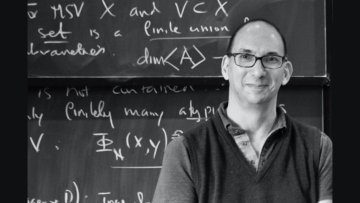Cohomological χ-independence for Higgs bundles and Gopakumar-Vafa invariants
Abstract
In this talk, I will introduce the BPS cohomology of the moduli space of Higgs bundles on a smooth projective curve of rank r and degree d using cohomological Donaldson-Thomas theory. The BPS cohomology and the intersection cohomology coincide when r and d are coprime, but they are different in general. We will see that the BPS cohomology does not depend on d. This is a generalization of the Hausel-Thaddeus conjecture to non-coprime case. I will also explain that Toda's χ-independence conjecture (and hence the strong rationality conjecture) for local curves can be proved in the same manner. This talk is based on a joint work with Naoki Koseki and another joint work with Naruki Masuda.
Tensor Product Kernels for Independence
Abstract
Hilbert-Schmidt independence criterion (HSIC) is among the most widely-used approaches in machine learning and statistics to measure the independence of random variables. Despite its popularity and success in numerous applications, quite little is known about when HSIC characterizes independence. I am going to provide a complete answer to this question, with conditions which are often easy to verify in practice.
This talk is based on joint work with Bharath Sriperumbudur.
Oxford Mathematician Jonathan Pila has been awarded the Rolf Schock Prize in Mathematics for his groundbreaking work on André-Oort's conjecture.








